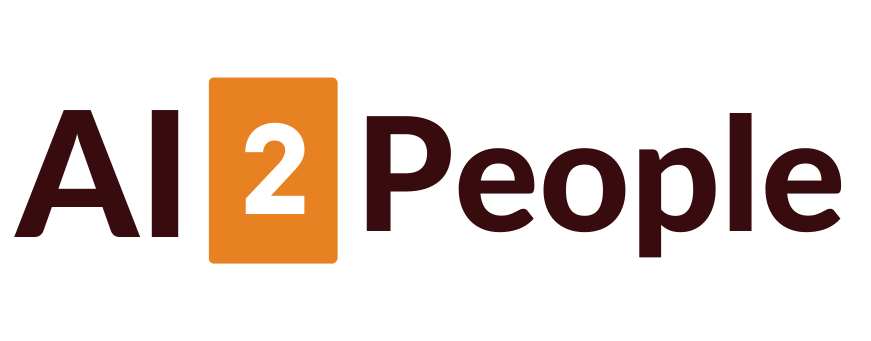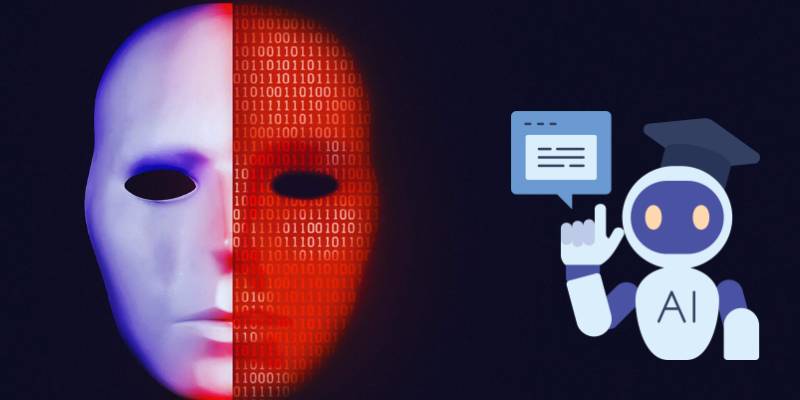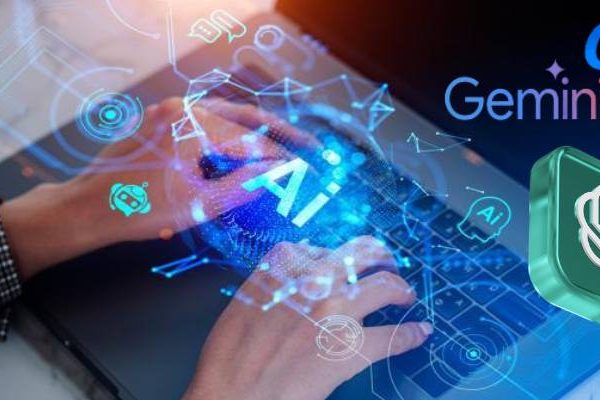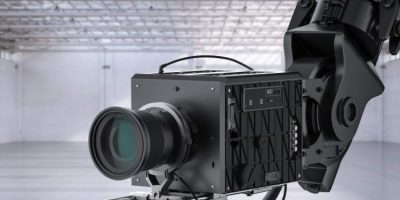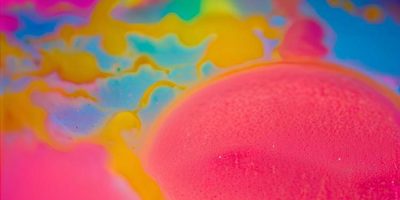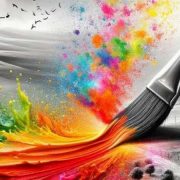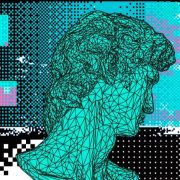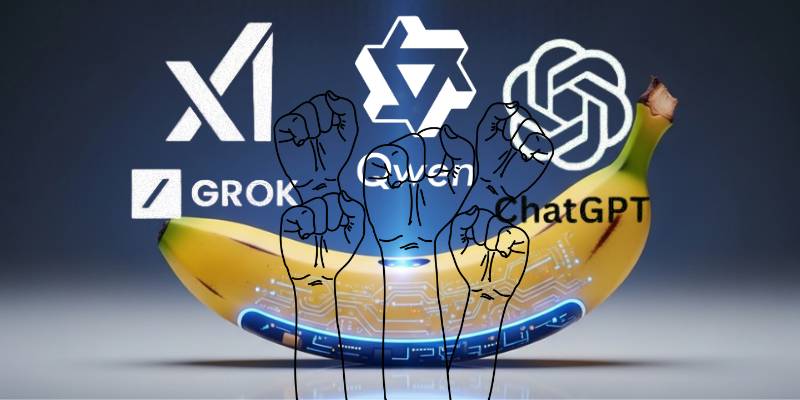
Nano Banana’s Flagship Moment: Why It’s Dominating—And How ChatGPT, Qwen & Grok Are Fighting Back
Google’s “Nano Banana” (aka Gemini 2.5 Flash Image) is everywhere. You’ve probably seen 3D-toy-style avatars, collectible-figurine visuals, or hyperrealistic edits in your feed, and wondered: is this really AI doing the magic?
Turns out, yes—and it’s not just Google in the race anymore. A recent head-to-head testing of AI image tools puts Nano Banana up front—but its challengers are closing in, and fast.
What we learned from the comparison
A deep dive against ChatGPT (GPT-5), Qwen Image Edit, and Grok AI shows that each has its own superpower—and each has where it falls short. The test: make a 1/7 scale realistic figurine from a prompt involving toy packaging, detailed shading, lighting, background props, a computer desk, acrylic base etc.
- Nano Banana’s strength is speed, believable realism, and maintaining visual consistency—when you change prompts, the elements that matter (faces, textures, lighting) tend to stay stable.
- ChatGPT (GPT-5) gives very good instruction understanding. If you tell it fine details, it usually listens. But its downside: slower generation and sometimes facial/feature glitches.
- Qwen Image Edit shines in sharpness, textures and backgrounds. Often better than others at surroundings, color and lighting. But the tradeoff? Faces sometimes come off a little off, and it struggles with continuity when reuse of characters/design is needed.
- Grok AI is good, especially if you want video or animation attached, but less so if you’re aiming for perfectly polished 3D-figurine style still visuals. It tends to lag behind others on fine detail.
Why people care so much — beyond “cool pics”
The craze isn’t just aesthetic. It’s a test case for what people expect from AI image generation:
- Consistency: When you create a character or figurine, you want it to look the same across different prompts or styles. That’s hard if your model keeps changing lighting, facial proportions etc. Nano Banana seems to do better there.
- Speed vs. polish: We like fast results—especially for social media, brand content, or just sharing with friends. But if the output isn’t clean, people notice. Some tools trade speed for precision.
- Ease of instruction: Natural-language editing, intuitive control, fewer “re-do’s” = big plus. If I have to write a dozen prompts to fix something, I might just give up. Some of these tools are better than others at interpreting what users mean, not just what they say.
What’s missing, what could improve
A few wrinkles I noticed reading through the tests and talking to folks:
- Facial accuracy is still weak in tools outside Nano Banana. For creators who want real likeness (e.g. portraits, brands), this matters a lot.
- Limits on free usage crop up. Some tools let you make many images; others cap it, throttling experimentation.
- For pro work (advertising, design), support for reference images, consistent style over multiple outputs, and color control are still differentiators.
My take: Is Nano Banana the winner?
From what I saw, yes—it currently has the edge. But it’s not an uncatchable lead. ChatGPT, Qwen, Grok are improving quickly.
If you care about ultra-fast photorealism with consistency, Nano Banana is your go-to. If you care about texture, backgrounds, creative flexibility, or video, some of the others might beat you there.
What to watch next
- How these models improve continuity (e.g. same character across prompts)
- Whether creators will lean toward hybrids (use one for quick mockups, another for polish)
- How pricing, access, and usage limits will change the playing field
